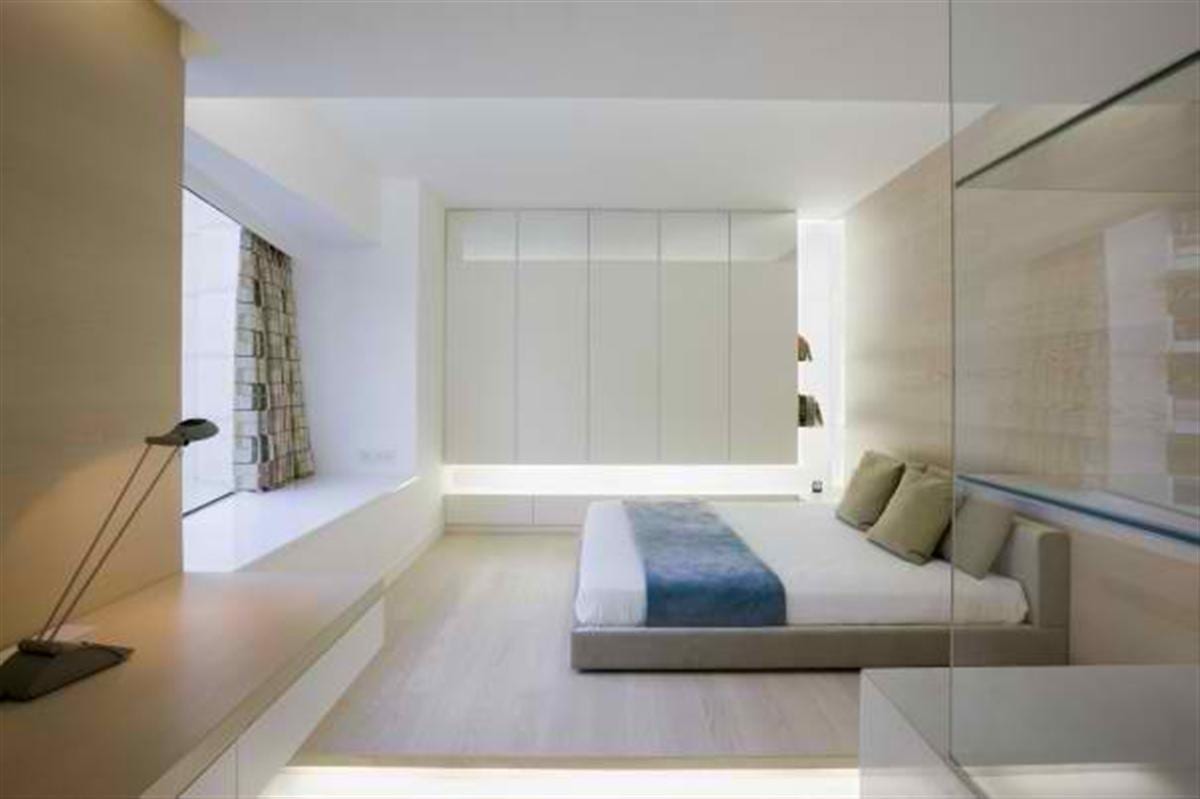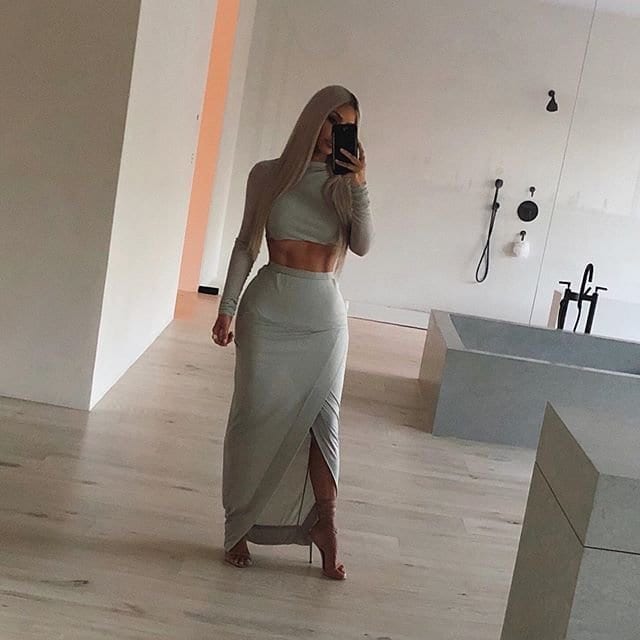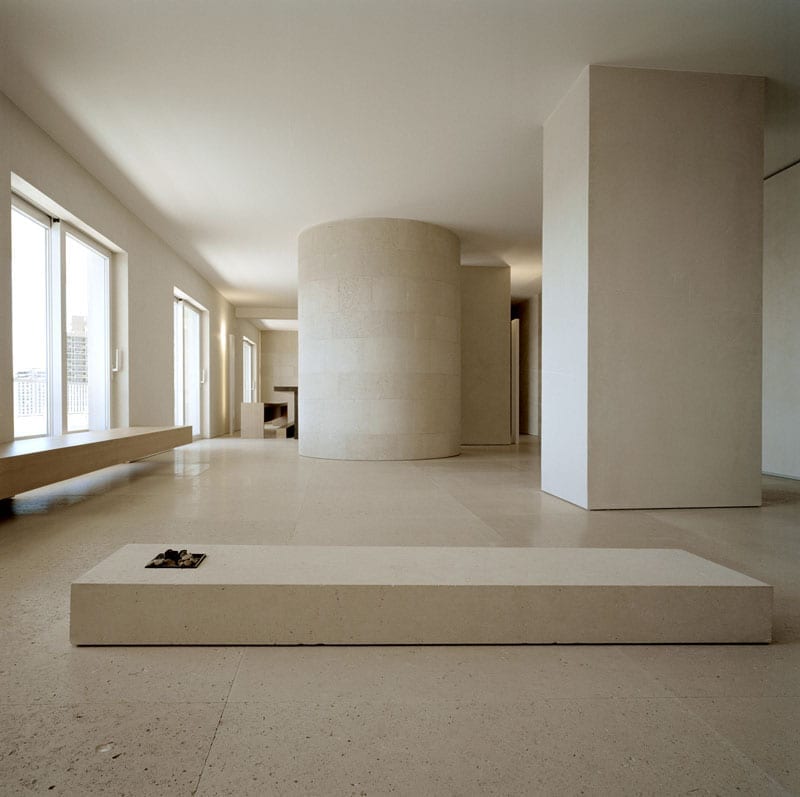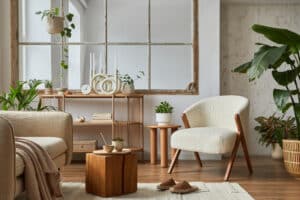Written by NDA tutor Ruth Skrytek
When you consider minimalism, most will think of the crisp white walls, large amounts of smooth white cabinets coated in plastic resin, and closed storage to pack away any potential clutter in the otherwise perfectly pristine environment.

Minimalism in the post-modern sense was born out of the recession in the early 21st Century, just as the Modernism era (minimal in nature) was born out of The Great Depression in the early 20th Century. The rejection of clutter and over-decorating was a response to accepting that “less is more” – as those hit by financial troubles had to make sacrifices for their wallets – buying less clothes, less appliances, less luxury items and of course, less furniture.
A very recent, and now infamous example of minimalism would be the widely criticised home of Kanye West and Kim Kardashian – slated for being “terrifyingly minimal”, and in many people’s opinions, terrifyingly out of date.
73 Questions with Kim Kardashian (ft. Kanye West) | Vogue


There is definitely an eerie nature to the interior, with little to no indication of character or personality, typical of recession-time minimalism in the 21st century, but even more extreme in the “Minimal Monastery” as Kim aptly names it.

This is Kim and Kanye’s bathroom. These “sinks” caused alarm for the public – calling for an explanation of such minimal treachery. The question “How do these sinks work?!” rang around the world for days after the House Tour Video was published by Vogue.


The designer who helped create Kim Kardashians “Minimal Monastery” is none other than Axel Vervoordt, famous for his stripped-back, history-focused designs and one of the most influential designers of the minimalist trends that we know today. Vervoordt’s less Kanye-influenced designs however, hold much more character and atmosphere.


The use of salvaged beams, antiquarian-type pieces and natural materials here really propels these designs from bland, cold and empty, to rustic, comfy and atmospheric – simply done with the combinations of different natural materials and antique/older furniture pieces, contrasting from the textually flat and post-modern designs influenced by the Wests.

The style is also commonly linked with “Wabi Sabi” – a Japanese term and design style which means “imperfect” or “unfinished” and often relates to the beauty in the ageing process of furniture, finishes and objects (we posted a blog post on Wabi Sabi back in April). In 2004, Axel Vervoordt wrote a book named “Wabi Inspirations” and it is now clear that Vervoordt sat at the front of minimalist influence, but in the authentic history-focused sense that Wabi Sabi preaches, and less focused on the aesthetic of white clean minimalism trend of the mid-2000s.

We have certainly seen this new refined, “relaxed” minimalist style reflect on trends in 2019, but with a mid-century twist. Modernist designs have come back into style with a vengeance (not that they ever really disappeared in Europe particularly), and Grandma’s old G-plan dresser has started to look really cute.

Textually rich, material-focused and eclectic with a tasteful amount of historical influence
Perhaps one of the sub-conscious reasons we are starting to resent “clean” minimalism, is because we’re doing much better now financially as a society. Even “maximalism” is on the rise – no doubt a response to an abundance of options for interior décor, thanks to the ever-growing industry of personalisation consumerism, the urge to present your personality to the world is rifer than before – and what better way to do this than by filling your home full of decorations which represent you.

There is an overwhelming sense of irony in Kanye West and Kim Kardashian’s home – a slightly outdated style, born out of the financial struggles of the public, being embraced by two of the richest and most famous people in the world. It is a fantastic example of why the social and political climate influences design more than any celebrity could ever attempt to.
And if you were wondering, this is how the sink works:


